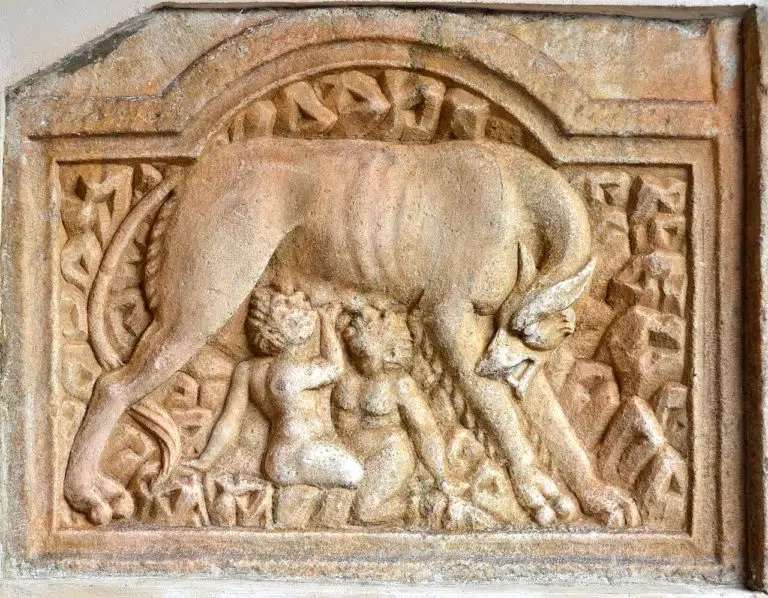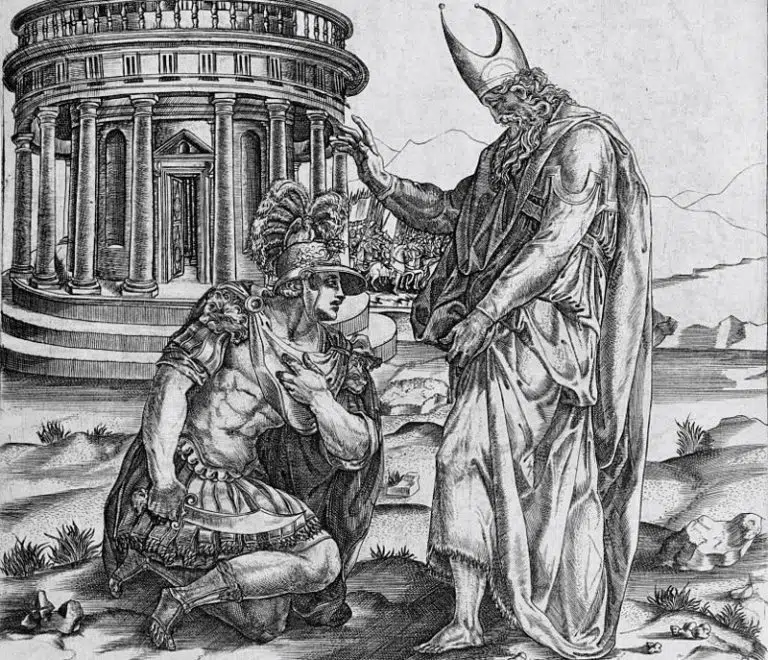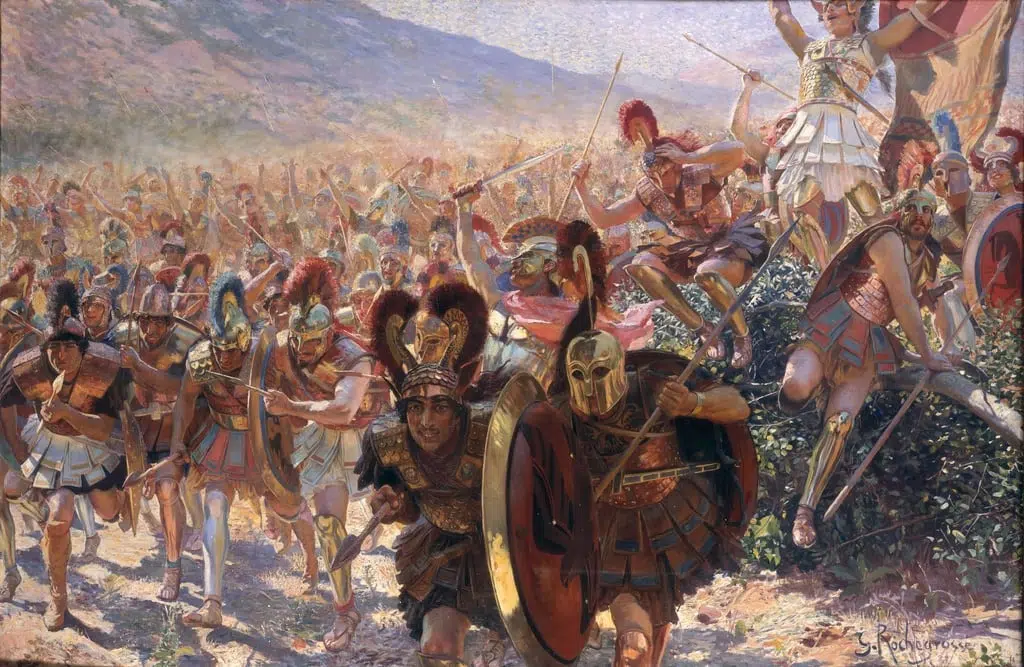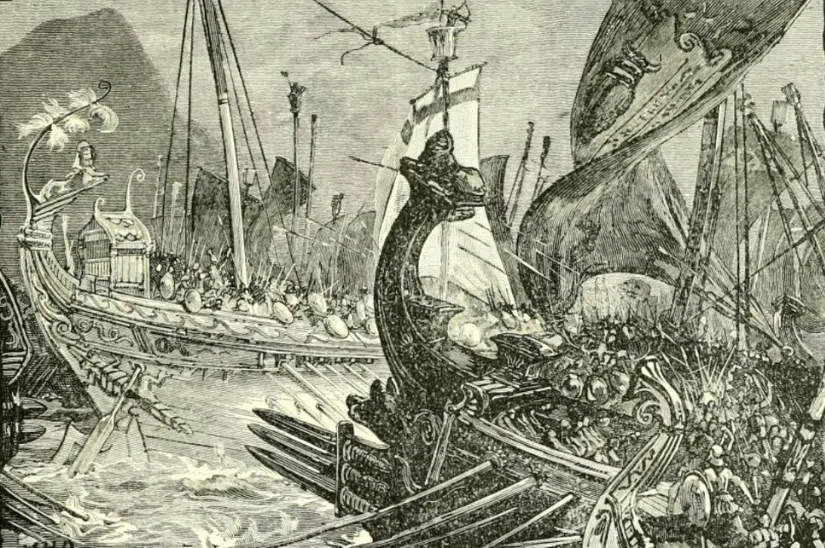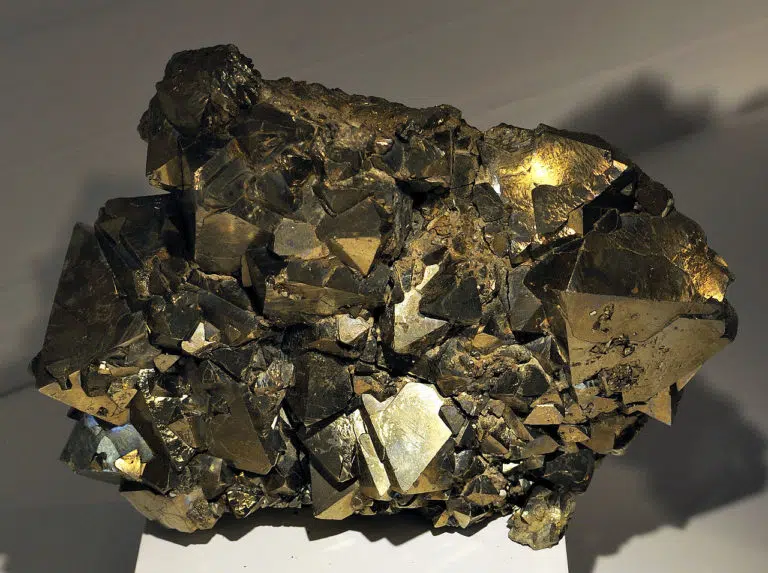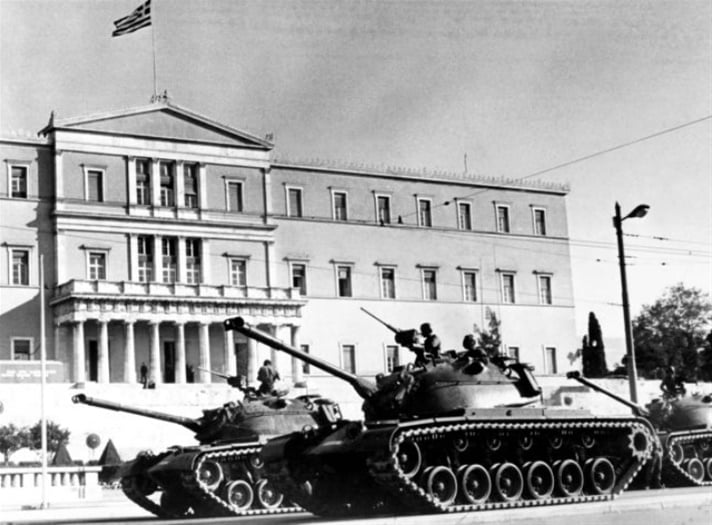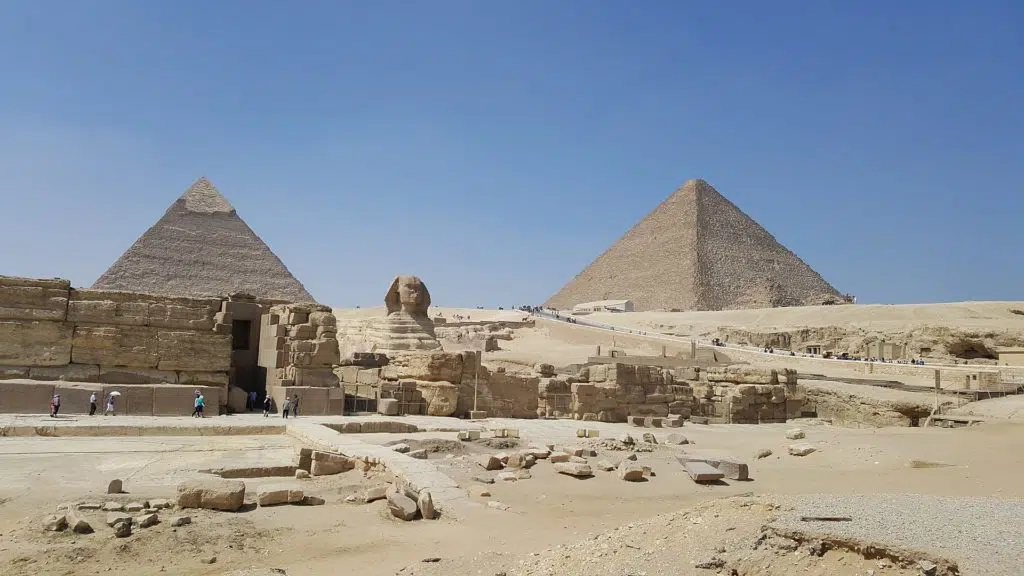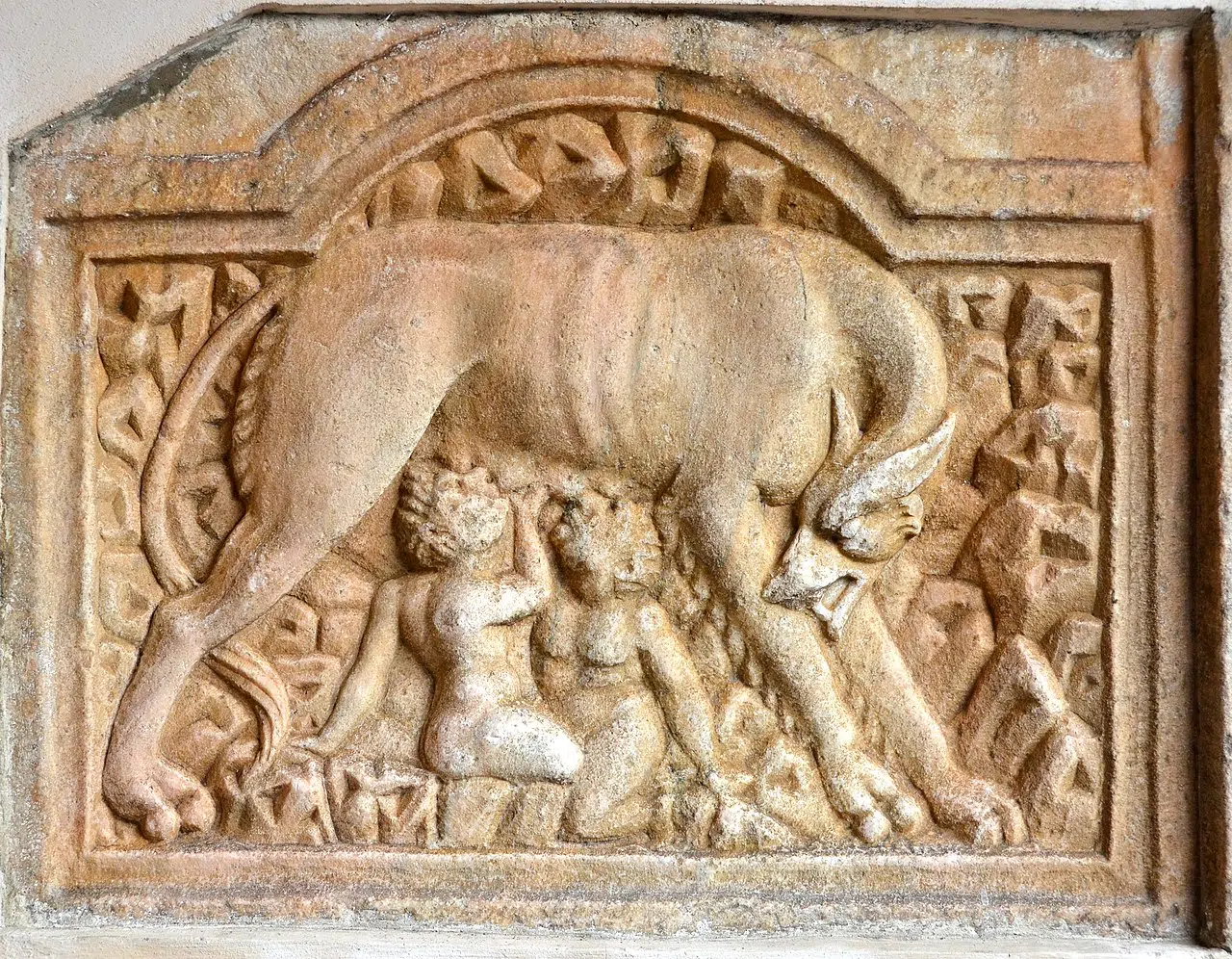
The 21st of April is the traditional anniversary of the founding of the ancient city of Rome. According to legend, Rome was founded when Romulus and Remus started building a city on the Palatine Hill after being abandoned as infants and raised by a wolf. The traditional date for when Romulus founded Rome is April 21, 753 BCE. This would make Rome 2776 years old today. But is this really when Rome was founded?
The archaeology of the city of Rome
In reality, the archaeology of the city of Rome shows that it existed long before this, at least in some sense. There is definite evidence of a settlement there dating back to the ninth century BCE. For example, archaeologists have found remains of a stone wall along with pottery dating to that era.
In fact, there is even some evidence that the Palatine Hill was the site of a human settlement as early as the tenth century BCE.
Therefore, the evidence is clear that Rome existed in some form or another since long before the date of its official founding. What does this mean for the legends? Does this mean that the archaeology contradicts them and proves that they are just fiction? This is what some researchers claim, but the reality is more complicated than that.
What Greek mythology really says about the founding of Rome
Rather than suggesting that Romulus was the first person to ever build a settlement on the Palatine Hill, a variety of ancient Greek and Roman records make it clear that there was a previous settlement there.
For instance, Virgil’s Aeneid describes how a Greek king named Evander had founded a city in that same location, which he called Pallantium. Evander was an older contemporary of Aeneas, a prince of Troy during the Trojan War.
This was not an invention of Virgil, as some people erroneously believe. This same tradition is supported by Dionysius of Halicarnassus, a Greek historian of the first century BCE. It is also supported by Ateius Philologus, a Roman historian of that same era.
In fact, Ateius even tells us that Evander’s settlement was not the earliest either. According to this Roman historian, the original settlement on the Palatine Hill was named Valentia, and then in the time of Evander it had its name changed to ‘Rome’.
The much earlier historian named Antiochus of Syracuse, of the fifth century BCE, supports this inasmuch as he claimed that there had been a Rome that existed before the Trojan War.
Archaeology and legend on the earliest Rome
With these facts in mind, what can we say about the possible correspondence between the legends and the archaeological evidence?
Firstly, we should note that there is evidence that the ancient Greeks were mistaken in their calculations of the date of the Trojan War. Greek scholar Nikos Kokkinos is one of the modern historians who has demonstrated this. His research and that of others places the Trojan War centuries more recently.
Herodotus, for example, places the Trojan War just two generations before the Spartans colonized Santorini. The archaeological evidence for Spartan presence on Santorini starts in the seventh century BCE and no earlier. Likewise, King Midas of Greek legend was a contemporary of that war and definitely lived in the late eighth century BCE.
This means that Aeneas would have lived centuries more recently as well. Based on this fact, what can we conclude about the very earliest settlement uncovered by archaeology at Rome? These remains are likely traces of the Valentia that Ateius Philology mentioned. At some point, it became the city of Evander. When did that happen?
When Evander founded Rome
The settlement that Evander supposedly founded is particularly interesting. He was a Greek king, and yet the Greeks did not start settling Italy until the eighth century BCE. This supports the aforementioned conclusion that the Trojan War occurred centuries more recently than its traditional date.
Archaeology has revealed some significant evidence in this regard. Although the evidence is limited, some scholars have argued that there may have been a Greek colony at the Palatine Hill in the eighth century BCE.
In all probability, Evander’s legendary Greek city almost certainly has its origin in this apparent Greek colony. It dates to some time after the very earliest settlement at Rome. This is exactly like how Evander’s Greek city allegedly came sometime after the founding of Valentia according to Ateius Philologus.
Thus, from one perspective, Evander was the one who founded Rome. He apparently did this in the mid-eighth century BCE. Perhaps by coincidence, this corresponds to the traditional date of the founding of Rome, 753 BCE.
When Rome was founded by Romulus
Now we come to the most significant of Rome’s foundings. According to the earliest records, Romulus was the direct son of Aeneas. This would place him a few generations after Evander. This is very interesting because it suggests that Romulus actually lived in the seventh century rather than the eighth century BCE.
The archaeological evidence for seventh-century Rome supports this conclusion. For instance, the Roman Forum was one of the foundation cornerstones of the city. Archaeology shows that the Forum first appeared in the seventh century BCE.
Furthermore, Romulus allegedly constructed a temple to Jupiter. According to archaeology, the first temple remains in Rome date to the seventh century BCE. This, again, supports the conclusion that Romulus actually lived in that century, about 100 years after his traditional dates.
Additional support for this comes from the fact that an important building called the Regia first appeared in c. 625 BCE. Roman legend credits the Regia to Numa Pompilius, the king who came just after Romulus.
When was Rome really founded?
In summary, what can we say about the true date of the founding of Rome? Well, the archaeology indicates that the most famous founding, which was the one by Romulus, actually occurred in the mid-seventh century BCE, about 100 years after the traditional date.
However, it appears that there was a founding of Rome near 753 BCE, although not connected to Romulus. In reality, the archaeology suggests that this was when the Greeks founded a colony at the future site of Rome. This would therefore be a match for Evander’s city. Yet not even this was the earliest founding of Rome. Before then, a settlement already existed at the Palatine Hill, likely the origin of the legendary Valentia recorded by Atieus Philologus.



